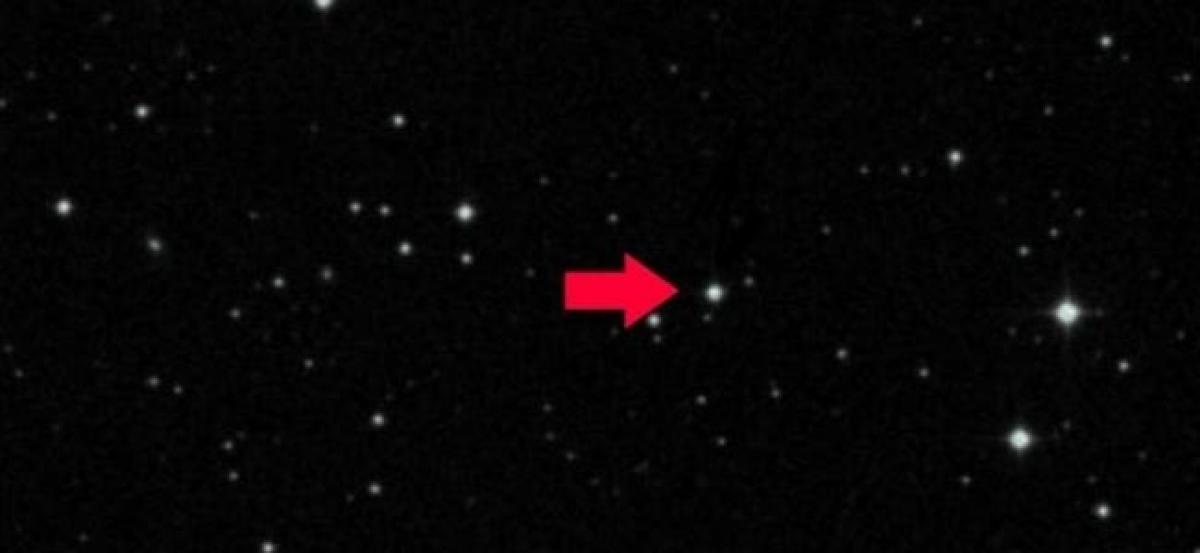Scientists discover rare pulsating star as big as the Sun, located 7,000 light years away

Scientists have discovered a rare pulsating star as big as our Sun, located 7,000 light years away, that is expanding and contracting in a unique pattern in three different directions.
Scientists have discovered a rare pulsating star as big as our Sun, located 7,000 light years away, that is expanding and contracting in a unique pattern in three different directions.
The star is one that pulsates and so is characterised by varying brightness over time. It is one of only seven known stars of its kind in our Milky Way galaxy.
"It was challenging to identify it. This is the first time we'd encountered this rare type," said Farley Ferrante, from Southern Methodist University (SMU) in the US.
The Milky Way has more than 100 billion stars. However, just over 400,900 are catalogued as variable stars.
Of those, a mere seven are the rare intrinsic variable star called a Triple Mode 'high amplitude delta Scuti' (HADS).
"The discovery of this object helps to flesh out the characteristics of this unique type of variable star. These and further measurements can be used to probe the way the pulsations happen," said Robert Kehoe, a professor at SMU.
"Pulsating stars have also been important to improving our understanding of the expansion of the universe and its origins, which is another exciting piece of this puzzle," said Kehoe.
The star does not yet have a common name, only an official designation based on the telescope that recorded it and its celestial coordinates.
Researchers discovered the variable star by analysing light curve shape, a key identifier of star type. Light curves were created from archived data procured by ROTSE-I during multiple nights in September 2000.
The telescope generates images of optical light from electrical signals based on the intensity of the source. Data representing light intensity versus time is plotted on a scale to create the light curves.
Plano Senior High School student Derek Hornung first discovered the object in the ROTSE-I data and prepared the initial light curves.
It became even more challenging to determine the specific kind of variable star. Eric Guzman, a physics graduate from the University of Texas at Dallas, solved the puzzle, identifying the star as pulsating.
"Light curve patterns are well established, and these standard shapes correspond to different types of stars," Ferrante said.
"In a particular field of the night sky under observation there may have been hundreds or even thousands of stars. So the software we use generates a light curve for each one, for one night," he said.
"Then we use our brain's capacity for pattern recognition to find something that looks interesting and that has a variation. This allows the initial variable star candidate to be identified," he added.
"From there, you look at data from several other nights.
We combine all of those into one plot, as well as add data sets from other telescopes, and that's the evidence for discerning what kind of variable star it is," Ferrante said.


















